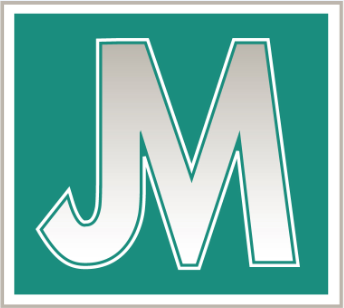CARES Act Relief Information
Updated 04/02/2020
SMALL BUSINESS LOANS
The CARES Act will provide $350 billion in federally guaranteed loans to businesses with 500 or fewer employees - This program is available to sole proprietors and self-employed individuals as well as other small businesses.
The SBA is offering two forms of relief described below. Please contact us to help determine your best option as you may apply for both, however, both cannot be forgiven.
PAYCHECK PROTECTION PROGRAM (PPP):
- The plan provides an expedited origination process and loans will be available during an emergency period ending June 30, 2020. All or a portion of the loan can be forgiven, based on a formula related to the percentage of employees the employer keeps on the payroll. The loan amount will be determined by the lender based on historical payroll documents, the business paid health insurance premiums and the businesses retirement matching plan. Lenders will begin accepting applications from Small Businesses and Sole Proprietorships beginning Friday, April 3, 2020, and applications from Independent Contractors and Self-Employed Individuals beginning Friday, April 10, 2020.
Paycheck Protection Program Information Sheet
Paycheck Protection Program Application Form
ECONOMIC INJURY DISASTER LOAN COVID-19 (EIDL):
- This loan advance will provide economic relief to businesses that are currently experiencing a temporary loss of revenue. All small business owners are eligible for a loan advance up to $10,000. This loan advance will not have to be repaid.
INDIVIDUAL LEVEL
RECOVERY REBATES:
- The CARES Act includes direct payments of $1,200 per adult and $2,400 per couple.
- If you have children, your payment will increase by $500 per qualifying child (under the age of 17). However, payments could be reduced if you have adjusted gross income over a certain threshold. The thresholds are:
• $75,000 for single filers.
• $112,500 for single heads of household.
• $150,000 for married couples filing jointly.
(For example, say you’re a family of four and your adjusted gross income in 2019 was $140,000 - assuming you filed your 2019 tax return — the IRS will use your 2018 tax return if you haven’t yet filed this year - You qualify for a payment of $3,400: $2,400 as a couple + $500 times two for each qualifying child)
UNEMPLOYMENT BENEFITS:
- Details on unemployment benefits vary by State, however, the CARES bill has extended the eligibility for unemployment benefits, including self-employed people and part-time workers. Those who are unemployed, are partly unemployed or cannot work for a wide variety of coronavirus-related reasons will be more likely to receive benefits.
- Benefits will be expanded in an attempt to replace the average - The average worker earns about $1,000 a week, and unemployment benefits often replace roughly 40 to 45 percent of that. The expansion will pay an extra amount to fill the gap.
- Under the plan, eligible workers will get an extra $600 per week on top of their state benefit. But some states are more generous than others.
NY Unemployment Contact Information
RETIREMENT ACCOUNTS:
- The law waives the current 10% penalty on early withdrawals from IRAs and qualified plans for people who have been impacted by the coronavirus. In addition, the bill increases the ceiling on loans (401k loans i.e.) against a qualified plan to $100,000.
- Distributions will still be included in gross income and subject to regular income tax, but you can spread the amount of tax you will owe over a three-year period. The distributions also may be re-contributed within three years of withdrawal.
- While this does open a source of funds for many people, this might be considered as a last resort
Printer Friendly - PDF

